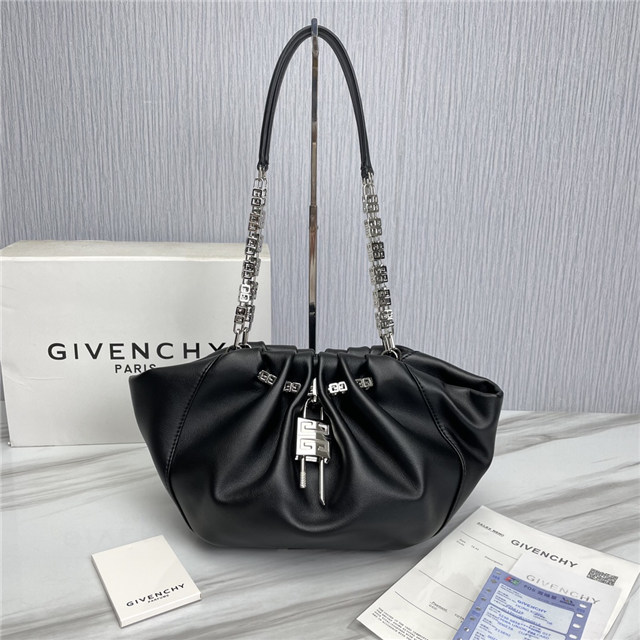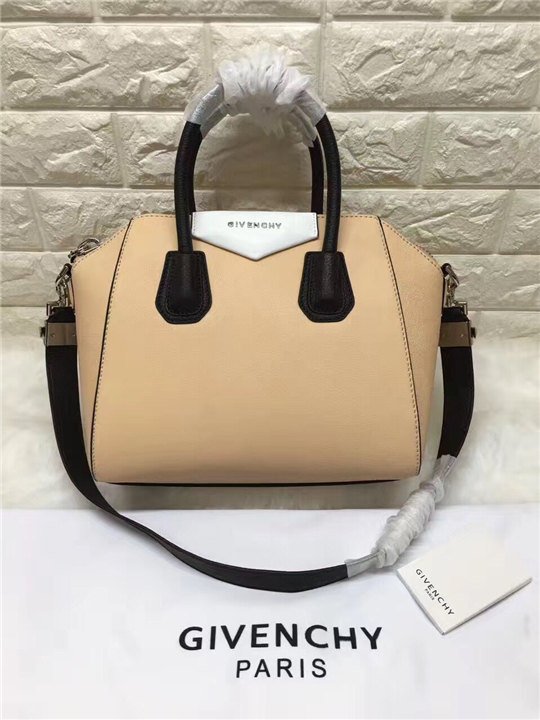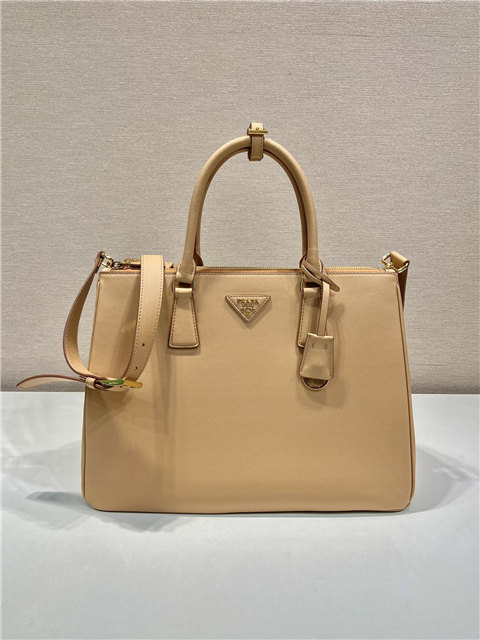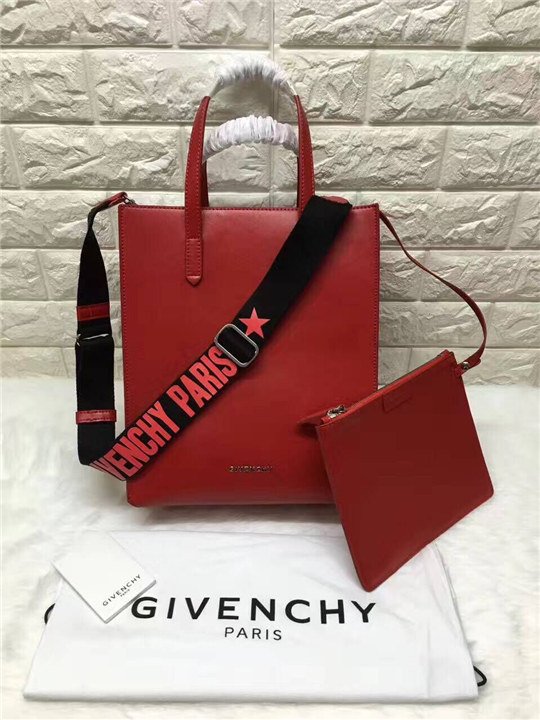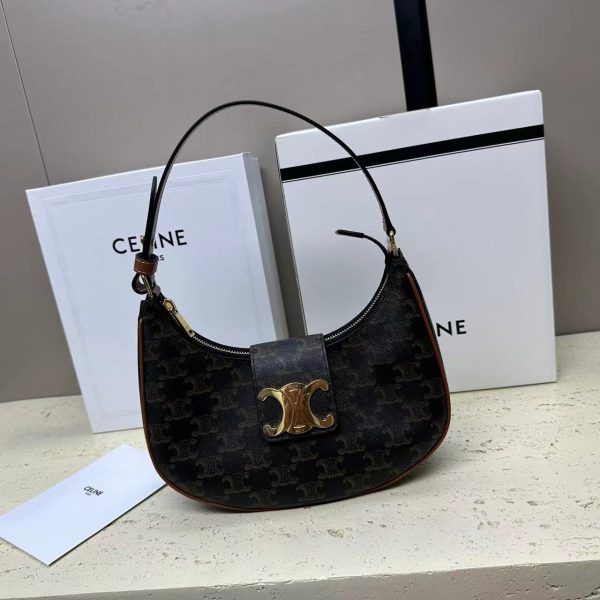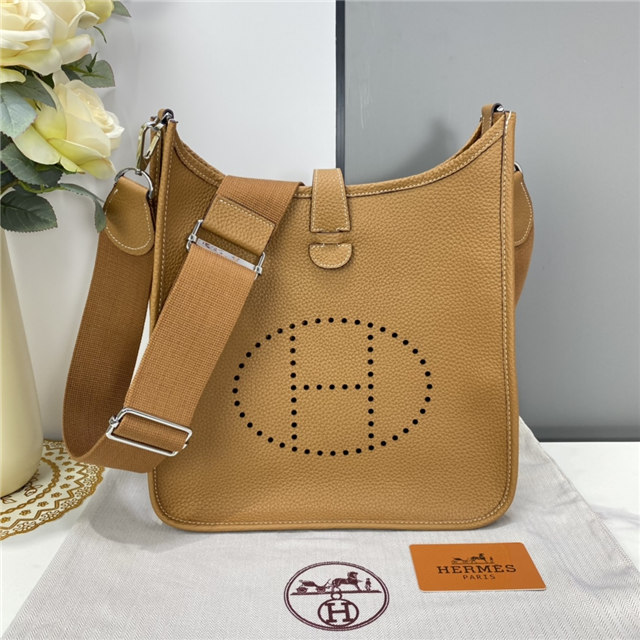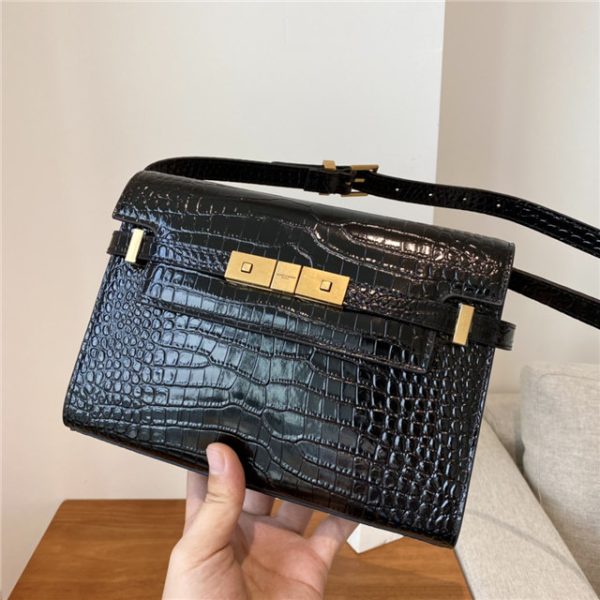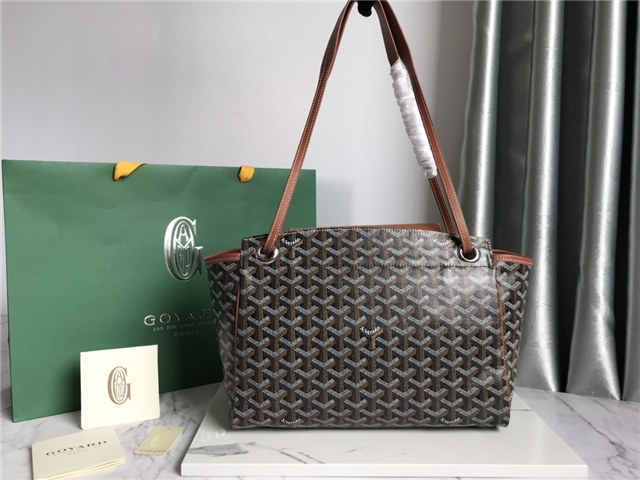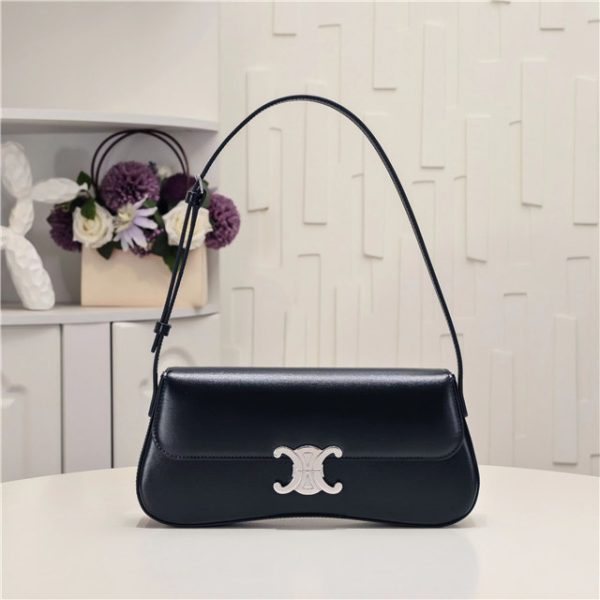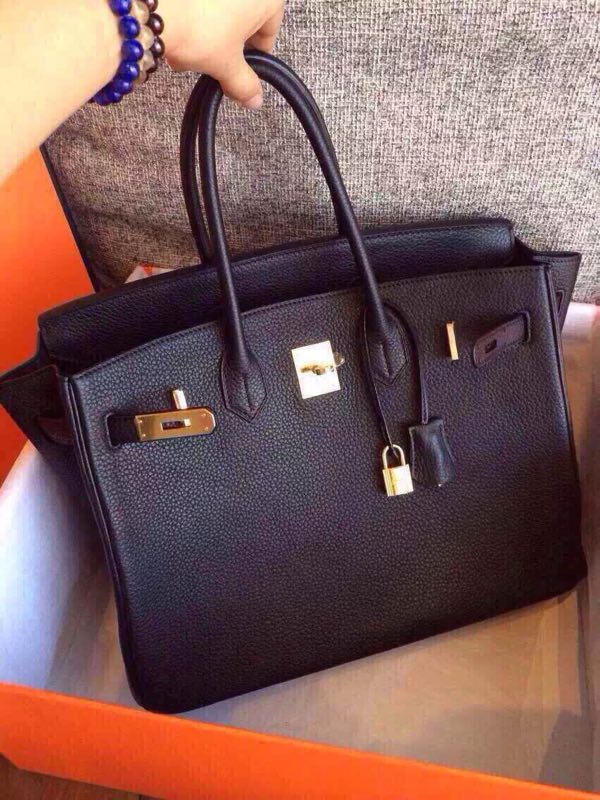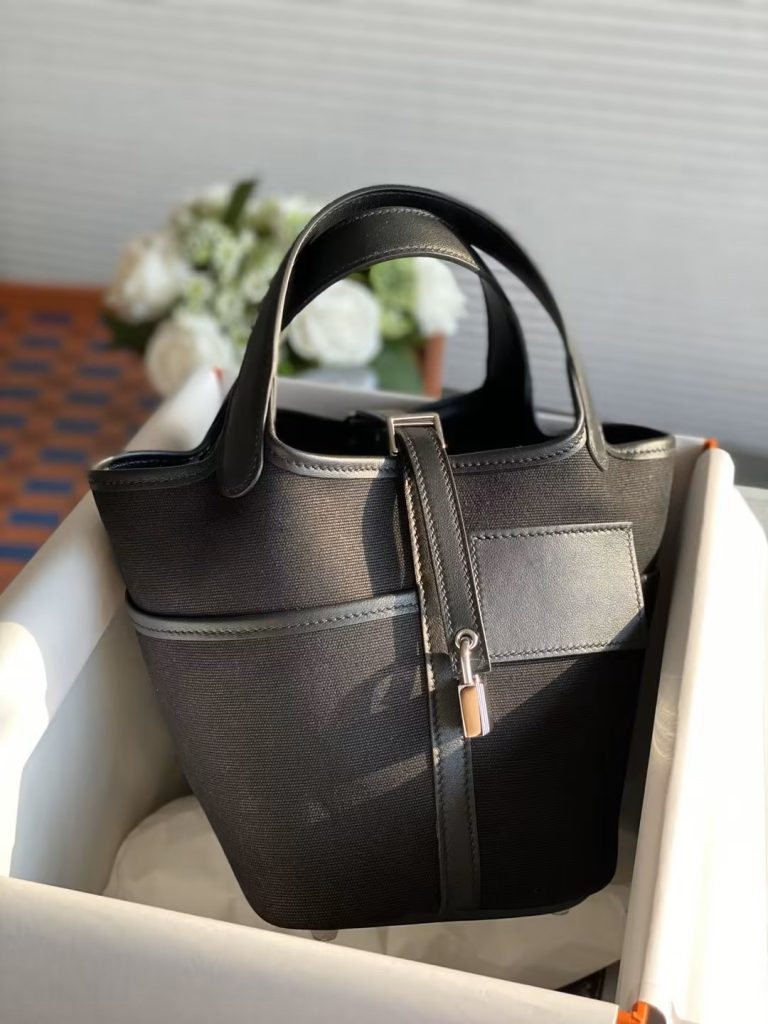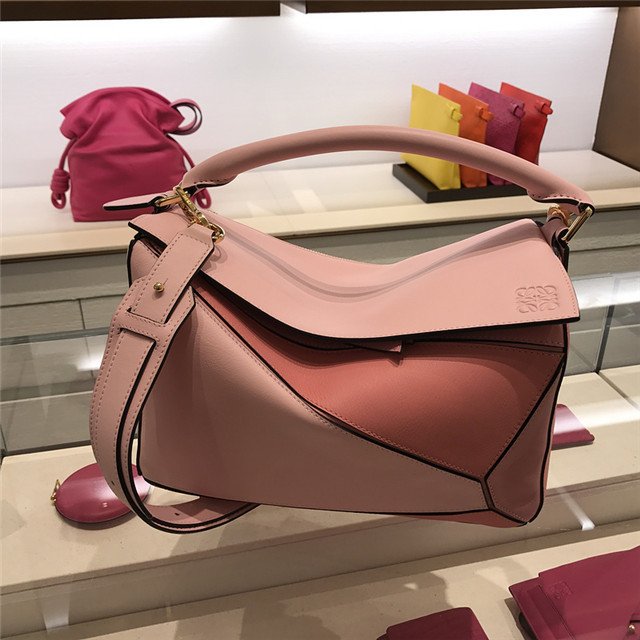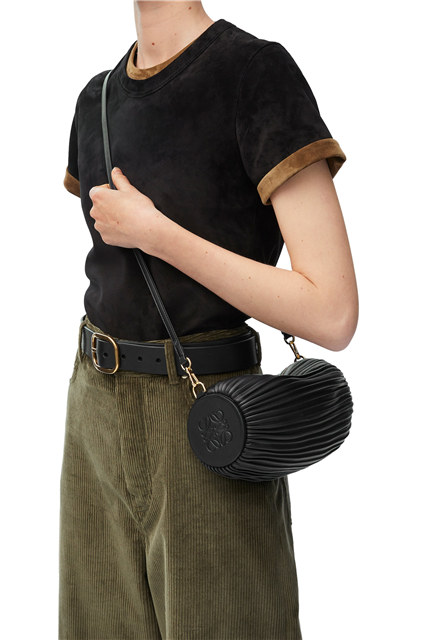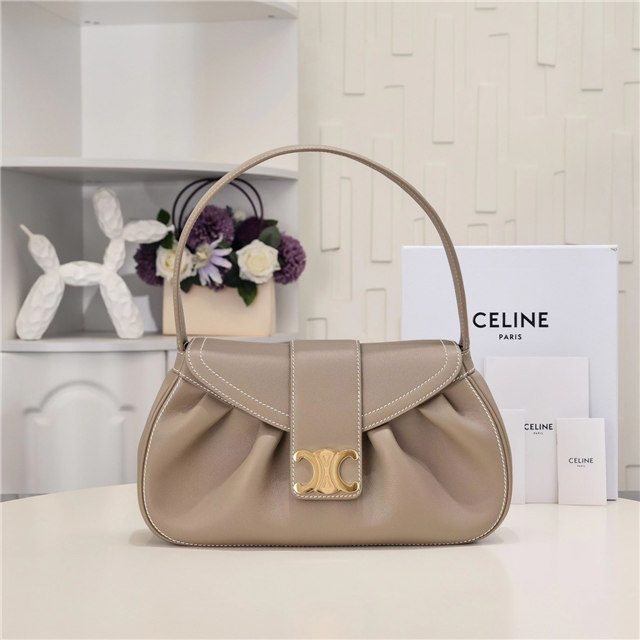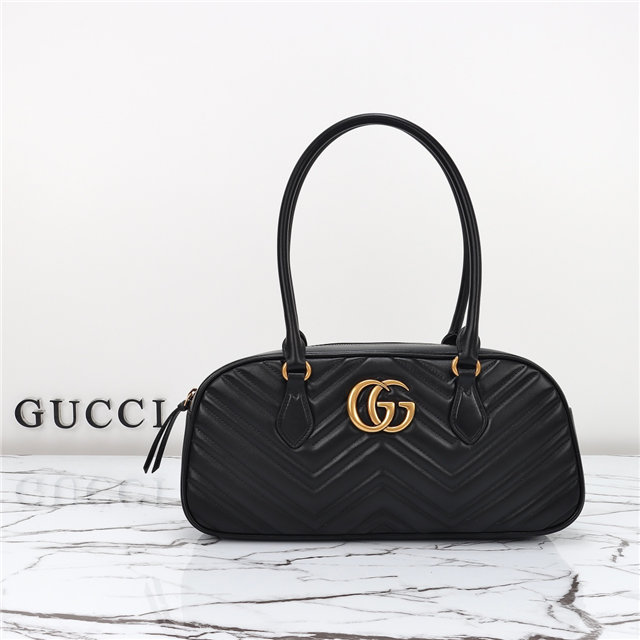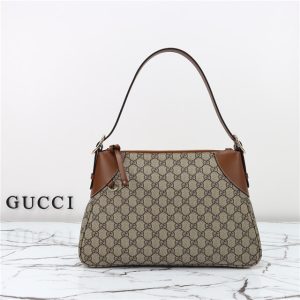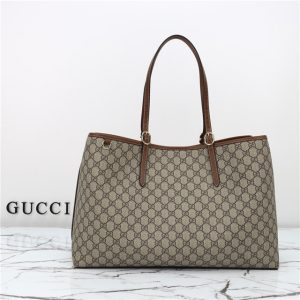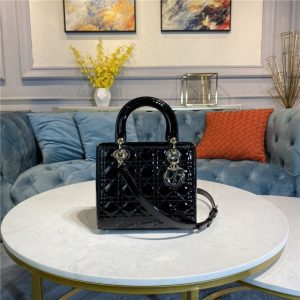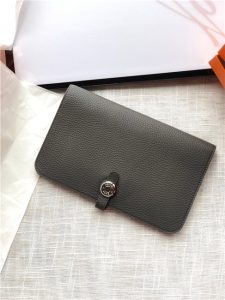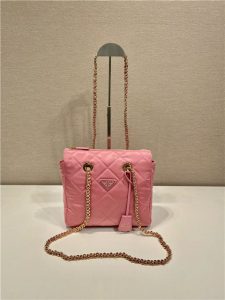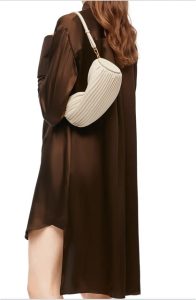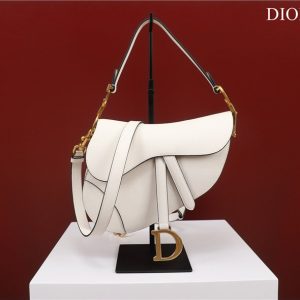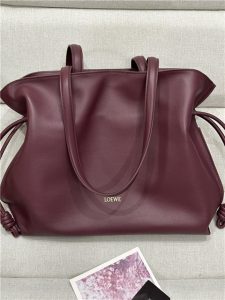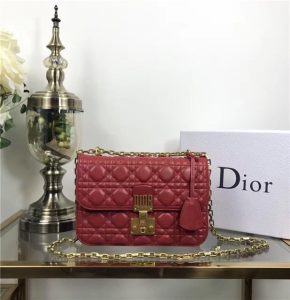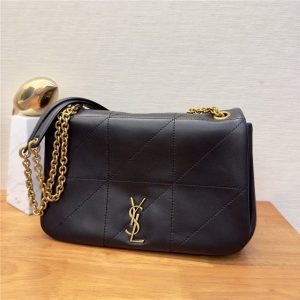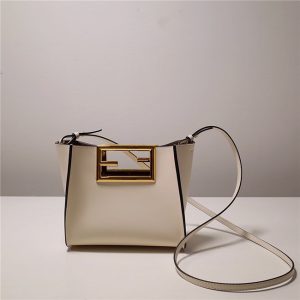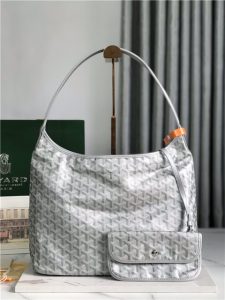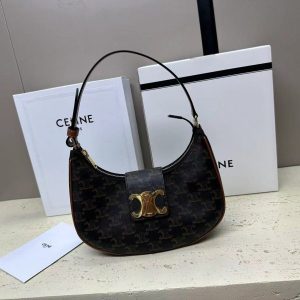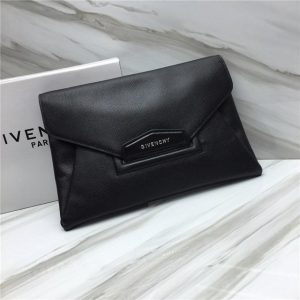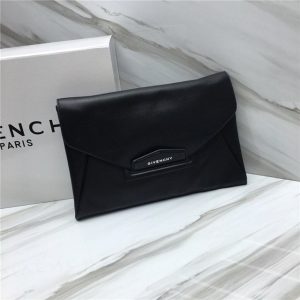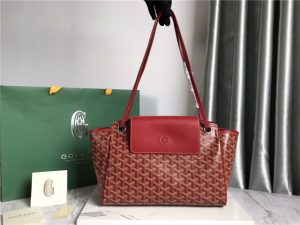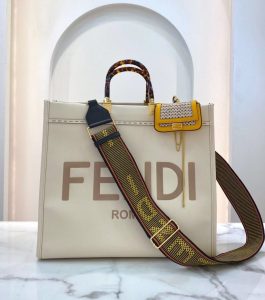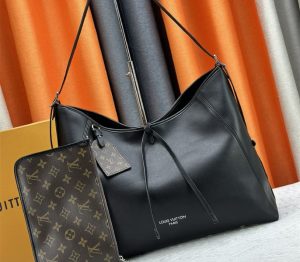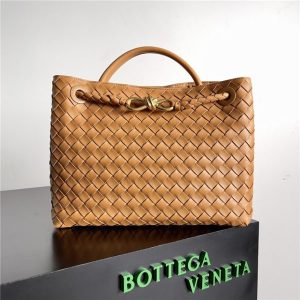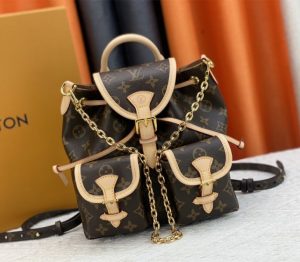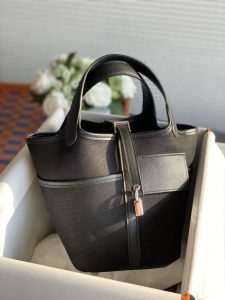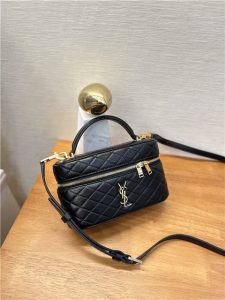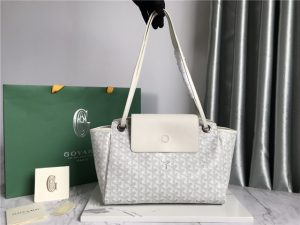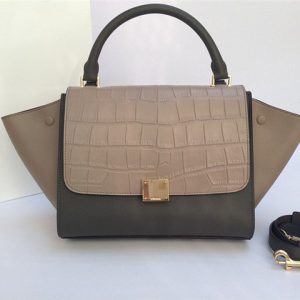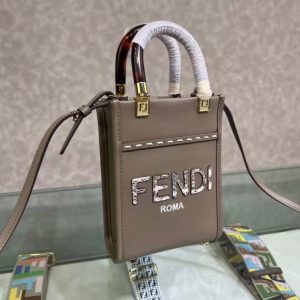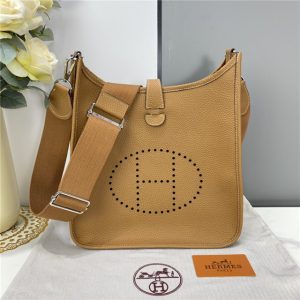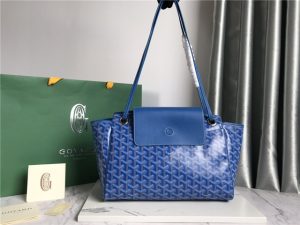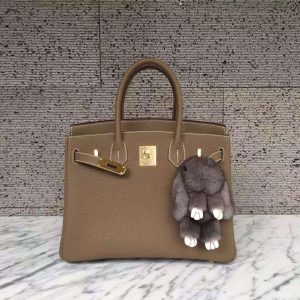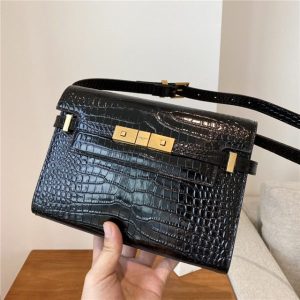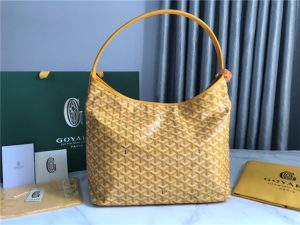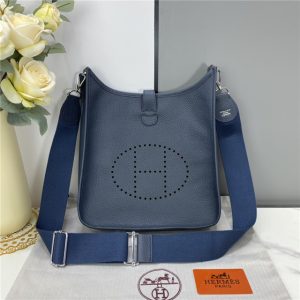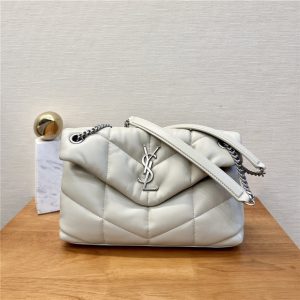But listen up, because wading into the world of fake Yeezys is like stepping into a minefield. You gotta know what you’re doing, or you’re gonna end up with some janky shoes that scream “I bought these on Canal Street!” louder than a foghorn.
First thing’s first: those size tags. Forget about just looking at the font, though. That’s, like, *basic* fake-busting knowledge. The really good fakes are getting better at that. You gotta look at the *feel* of the tag. Is it flimsy? Cheap? Does it look like it was printed with a laser printer from 1998? Big red flag. Also, those inscriptions? They should be thin and crisp, not thick and blobby like someone traced them with a Sharpie after a few too many cervezas.
Then there’s the suede patch. Now, the official sneaker-head lingo is that the suede has to be “hairy.” Which, honestly, is the weirdest description ever, but it kinda fits. Think of it like a really, really short, tightly packed shag carpet. If it’s smooth and slick, like, well, *not* hairy, then you’re probably looking at a fake.
And listen, don’t fall for the “limited edition” or “rare sample” B.S. Unless you personally know someone who works at Adidas (and I mean *really* know them), those claims are almost always total garbage. Remember, if a deal sounds too good to be true, it probably is.
Honestly, my personal opinion? Save up. Bite the bullet. Get the real thing. Yeah, it’s gonna hurt your wallet, but you’ll feel a million times better knowing you’re rocking the authentic Moonrocks. Plus, they’ll probably last longer than those suspiciously cheap “Moonrocks” you found on that sketchy website that looks like it was designed in the early 2000s.

